Hi, everyone! I’m SongGuo Ba.
On the first night of geting BYD Song PLUS, I drove it to Sanlitun. Amidst the bustling crowd and city’s neon lights, it gave me the deepest feeling, which can only be described as “texture.” It’s not just about the product itself.
What kind of car is it?
On September 16th this year, the fuel version of Song PLUS was launched, with orders surpassing 10,000 in just one month, showing that consumers are voting with their feet. What is the reason behind it? After test driving it for these days, I found some.
As a B-class wide SUV, Song PLUS is indeed a car with strong product strength.
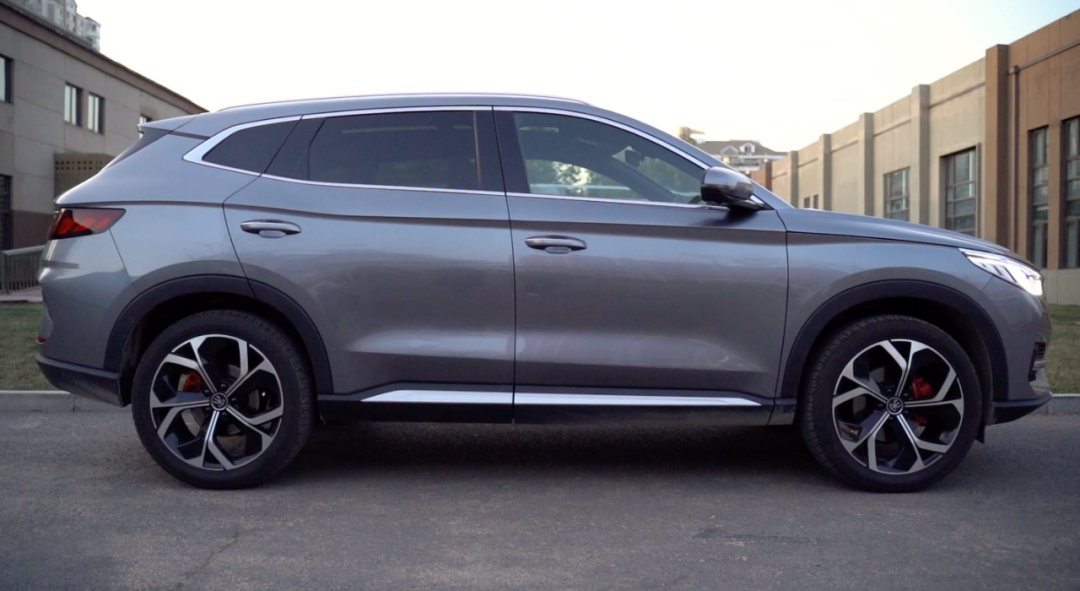
It looks very good.
Aige, Michelangelo, and Lopez, the three masters, bring enough grade sense, maturity, and recognition to the design of Song PLUS, including the grille with a lattice shape incorporating armor elements, a new LED headlamp set with a floating design for the wake-up lights, the waistline extending from the headlamps to the tail, a slightly streamlined tail, and the use of inter-color and various materials inside.
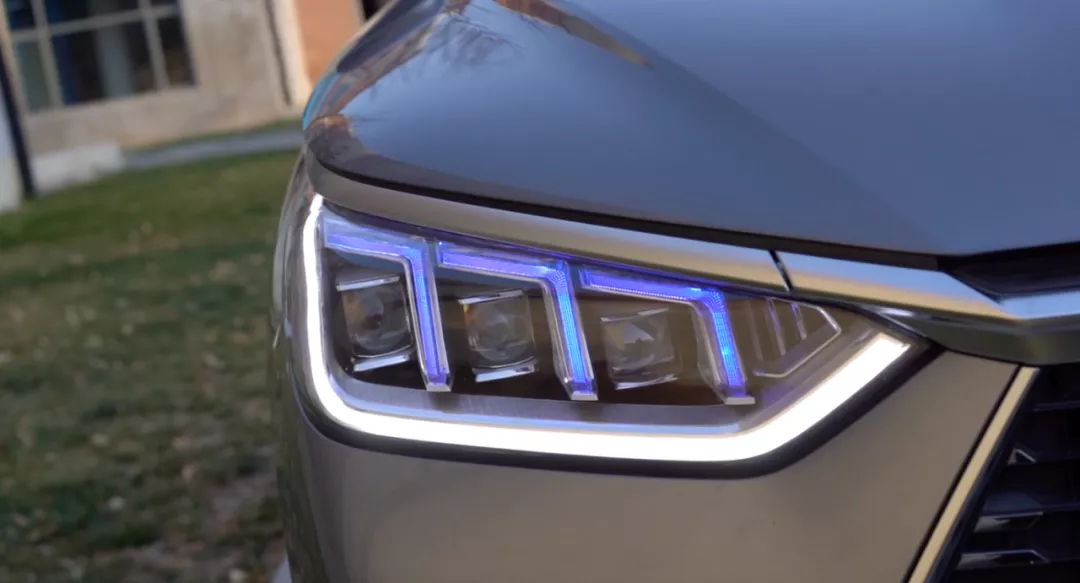
It’s also very easy to drive.
The whole line is equipped with SoC’s new 1.5TI high-power engine and 7-speed wet dual-clutch transmission, with a maximum power of 136kW and a maximum torque of 288N·m. Cruising on city roads, this combination of power in Song PLUS is very smooth, coupled with a solid driving texture, there are no flaws in daily commuting.
When driving on Beijing’s ring road, I will turn on the DiPilot intelligent driving assistance system. This system is at the L2 level, with ACC adaptive cruise control and lane keeping functions. It performs very “experienced driver-like” and can allow you to relax your hands and feet a bit, belonging to the function that you won’t go back once you’ve used it.
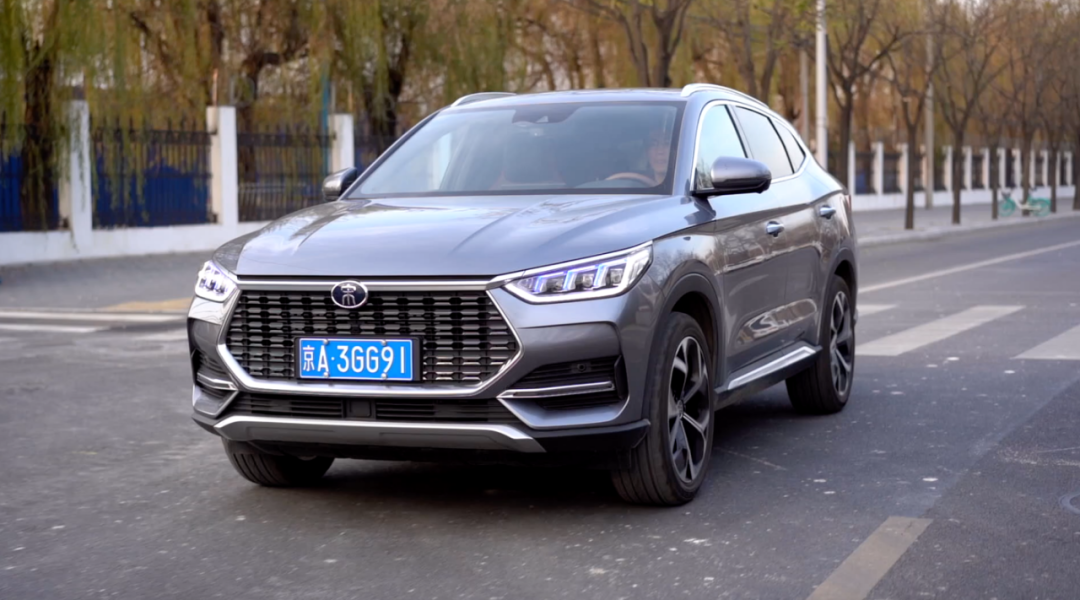
It has high configuration.Not only does DiPilot have high overall specifications, but so does the Song PLUS model. For example, the NFC smartphone key, rare among products at this level, allows the car door to be opened directly with a phone; the DiLink3.0 intelligent networking system has a high voice control recognition rate, and has a rich APP ecosystem like a smartphone.
In addition, there are leather steering wheels, seat electric adjustment, dual-zone air conditioning, panoramic imaging, heated rearview mirrors, in-car microphones, rear central armrests, and rear seats that can be adjusted up to 28 degrees. Even more excitingly, the car can be remotely controlled to move forward or backward using a mobile app.
But there is still a core question we cannot avoid: “Is the Song PLUS expensive?”
Indeed, the Song PLUS has a price range of 115,800-143,800 yuan. Although the entry-level version is comparable in price to its most direct competitors, the Haval H6 and the Changan CS75 Plus, the top-of-the-range version is much more expensive, 8,900 yuan more than the Haval H6’s top-of-the-range version.
Interestingly, in the current order structure, the sales of the Song PLUS’s top-of-the-range and second-top-of-the-range versions account for 80%, which means that a considerable number of users are willing to spend nearly 10,000 yuan more to choose the top-of-the-range Song PLUS model. Why is that?
The surface reason is size. The Song PLUS has dimensions of 4,705 mm (length), 1,890 mm (width), and 1,680 mm (height), with a wheelbase of 2,765 mm. All of these important data are ahead of the competition, bringing intuitive improvements in user experience. With my height of 1.88 meters, the headroom in the front row is ample, and the rear row can even cross my legs. Plus, the flat floor makes the foot position very comfortable.
But that’s not the most critical factor. What ultimately motivates users to buy is the word I mentioned at the beginning: texture. The Song PLUS’s price is high because it is not just a simple domestic mid-size SUV anymore.
In the morning commute, sitting on the latest leather seats, touching the suede material that wraps the entire center console, from the overall interior design to the double-stitched details, all contribute to starting the day off on the right foot.
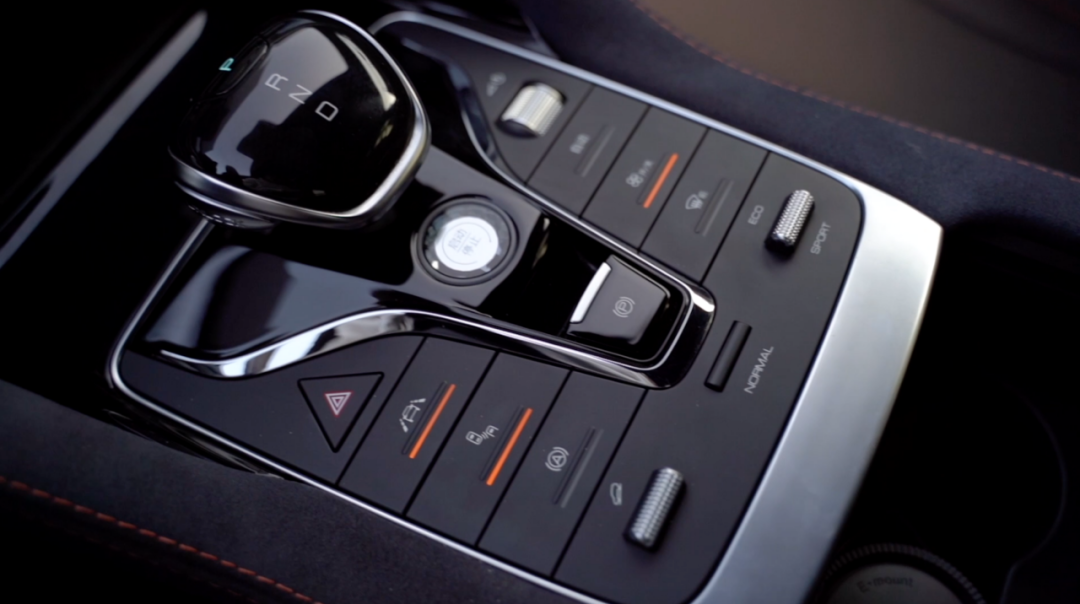
In the afternoon after work, opening the car door in the sunset, opening the panoramic sunroof, and breathing in the fresh air freely. If the weather is bad, the air purification system can be activated, and a favorite ambient light color can be selected to enjoy a relaxing moment.
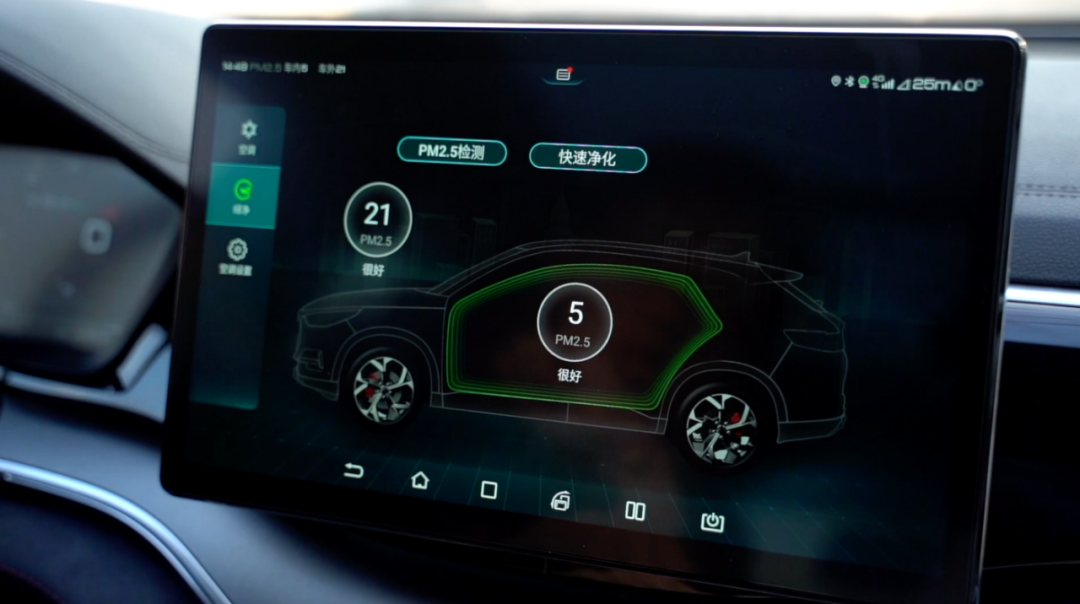
For a long time, domestic car brands emphasized practicality first and foremost and existed simply as a means of transportation. However, the BYD Song PLUS is attempting to surpass its simple functional attributes by offering sensory and emotional satisfaction through product quality, thereby enhancing users’ quality of life.
Breaking Out of Stereotypes
This happens to answer a question I am frequently asked lately: Why do so many people choose BYD?
To the uninitiated, it might seem like, what’s all the fuss, isn’t it just a BYD? But by breaking out of stereotypes, with the iteration of BYD’s product matrix in the past two years, especially with the launch of products such as the Han EV and the Song PLUS this year, BYD is completing a virtuous transformation of product and brand power.
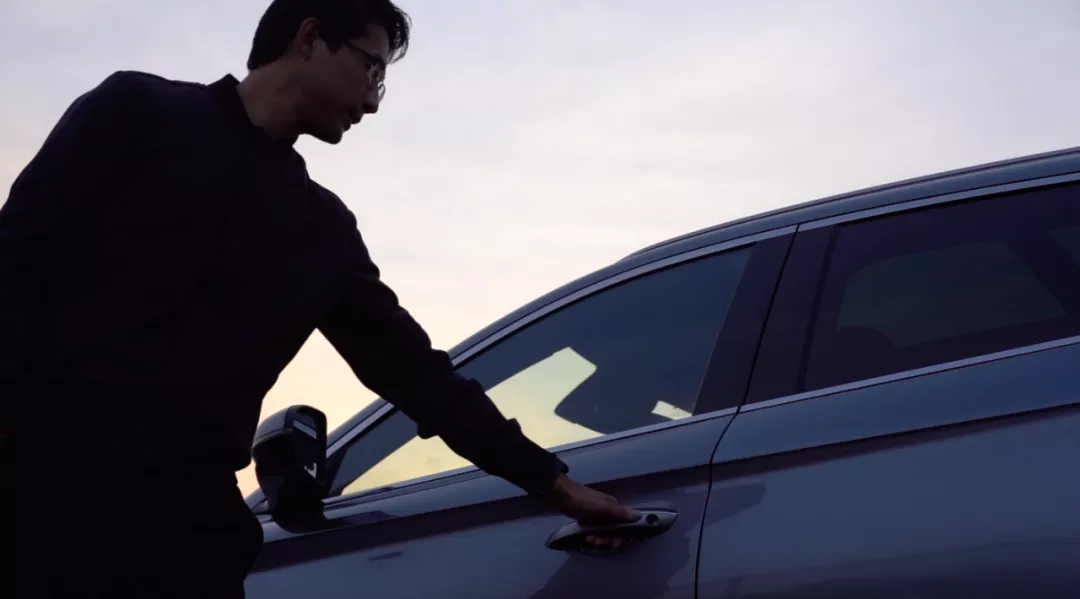
Those who know better will realize that the day is coming.
When friends or colleagues ask, “What kind of car do you drive?” there is no hesitation in your answer because it’s a BYD. At least now, driving a Song PLUS to Sanlitun, you can park it at the most conspicuous location without a care in the world.
This article is a translation by ChatGPT of a Chinese report from 42HOW. If you have any questions about it, please email bd@42how.com.
